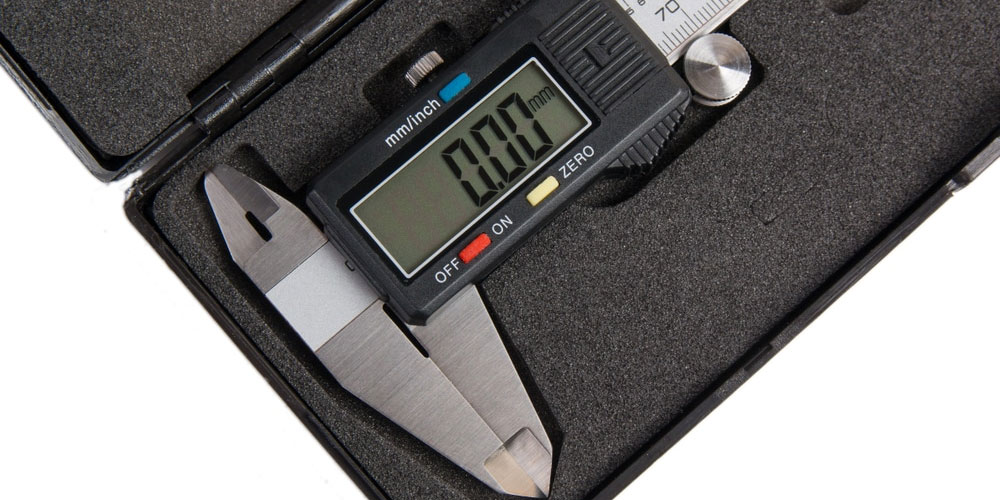When a new measuring instrument arrives at your facility, you need to make sure it’s properly calibrated before you put it into use. Calibration ensures that your gages produce accurate measurements; if they don’t, you can’t be confident that the goods you produce will perform as expected. Just because an instrument is brand new, doesn’t mean it’s correctly calibrated when you receive it. Some factory settings are not as rigorous as the tolerances required in your environment, and some measuring instruments can fall out of calibration in transit. So it’s still necessary to calibrate new devices to ensure they meet your industry standards and perform as intended. Here are five important reasons why calibrating your new instruments is essential.
1. Accuracy of Measurement: The main reason to calibrate a new instrument is to ensure that it measures accurately. Accuracy is especially important for instruments used in regulated industries such as pharmaceuticals, food, and medical devices. By calibrating the instrument, you can verify that it provides accurate and consistent measurements, which is crucial in ensuring that the products manufactured using the instrument meet the necessary quality standards and are safe and dependable when they reach the end-user.
2. Instrument Performance: Calibration of a new instrument helps to ensure that it performs as intended and within its specified tolerances. The manufacturer will have provided performance specifications, and calibrating the instrument will confirm that these specifications are being met. This will give you confidence in the measurements taken with the instrument, and you can trust that it’s providing accurate results.
3. Baseline for Future Comparison: Calibrating a new instrument creates a baseline for future comparison. This is especially important for instruments that are used frequently and for long periods of time. By establishing a baseline, you can monitor the instrument’s performance over time and detect any drift or deviation from its original accuracy, which helps ensure the longevity and reliability of the instrument.
4. Validation of Manufacturer’s Claims: By calibrating a new instrument, you can validate the manufacturer’s claims about the instrument’s performance. Does it perform at the level the manufacturer promised, or do you need to look for a better source? Initial calibration provides peace of mind that the instrument you’ve invested in will deliver the measurement accuracy your operation requires.
5. Compliance with Regulatory Requirements: Calibration of a new instrument will give you the assurance that you will be able to comply with industry-specific standards and regulatory requirements. Failing to calibrate instruments can result in non-compliance, which can lead to significant penalties as well as damage to your reputation.
Calibrating new instruments as soon as you receive them helps ensuring measurement accuracy and instrument performance, establishes a baseline for future comparison, validates the manufacturer’s claims, and helps you meet regulatory requirements. Contact us to learn how GageList can help you meet the rigorous standards of product quality your organization and your customers demand.


